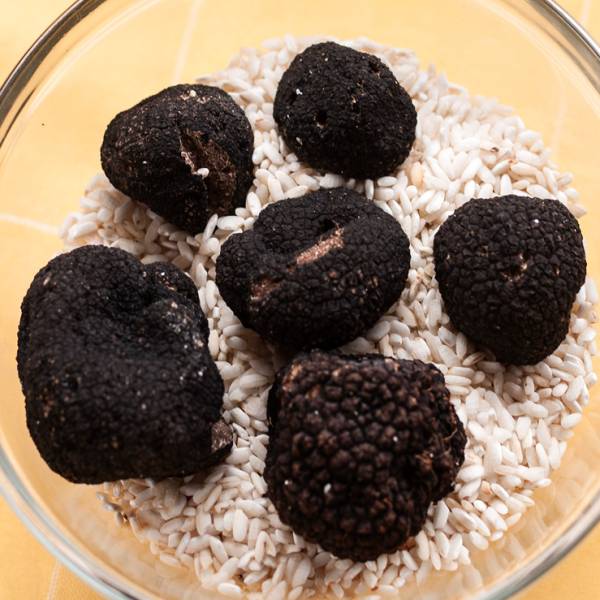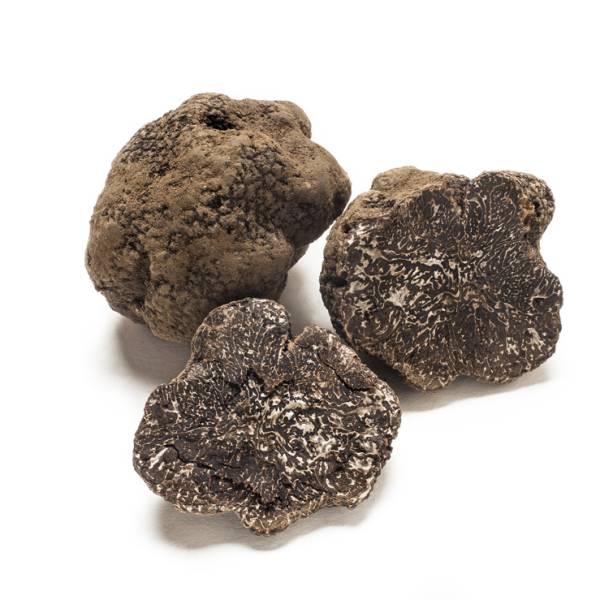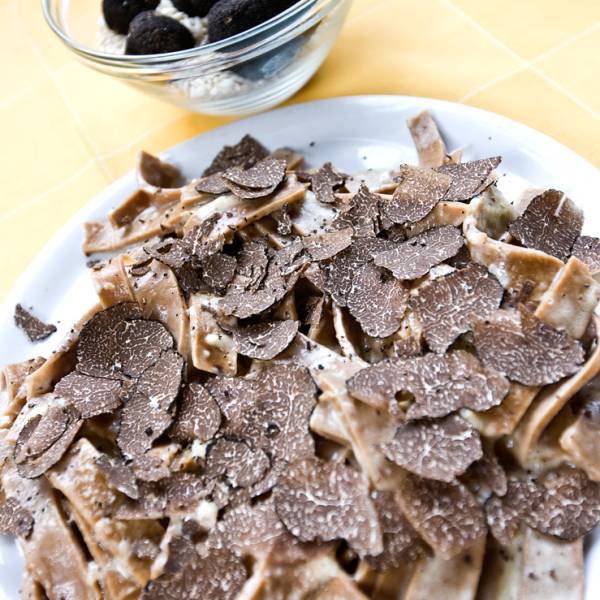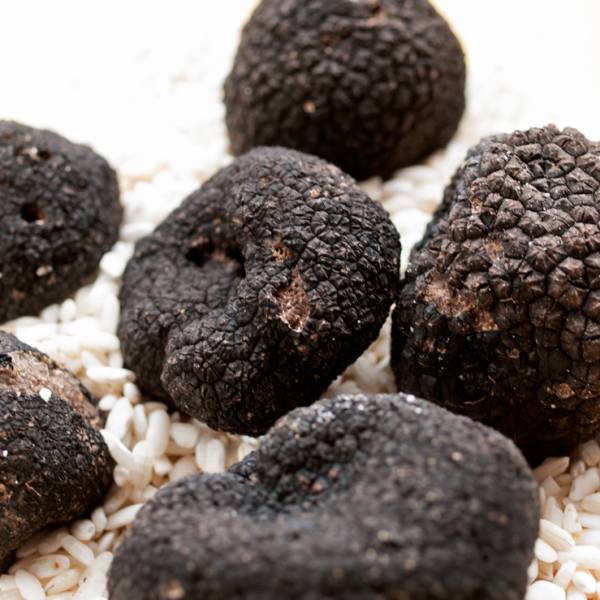Truffle and snails
CHATIN UNCINATO TRUFFLE
The rediscovery of an underground mushroom with scents of hazelnut, porcini and parmesan.
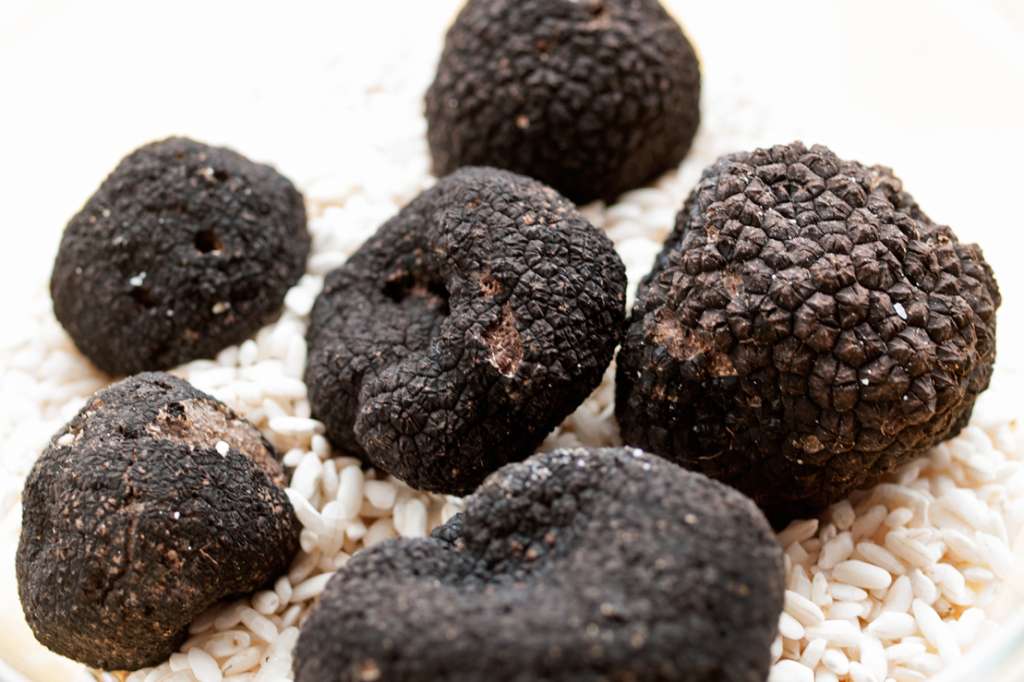
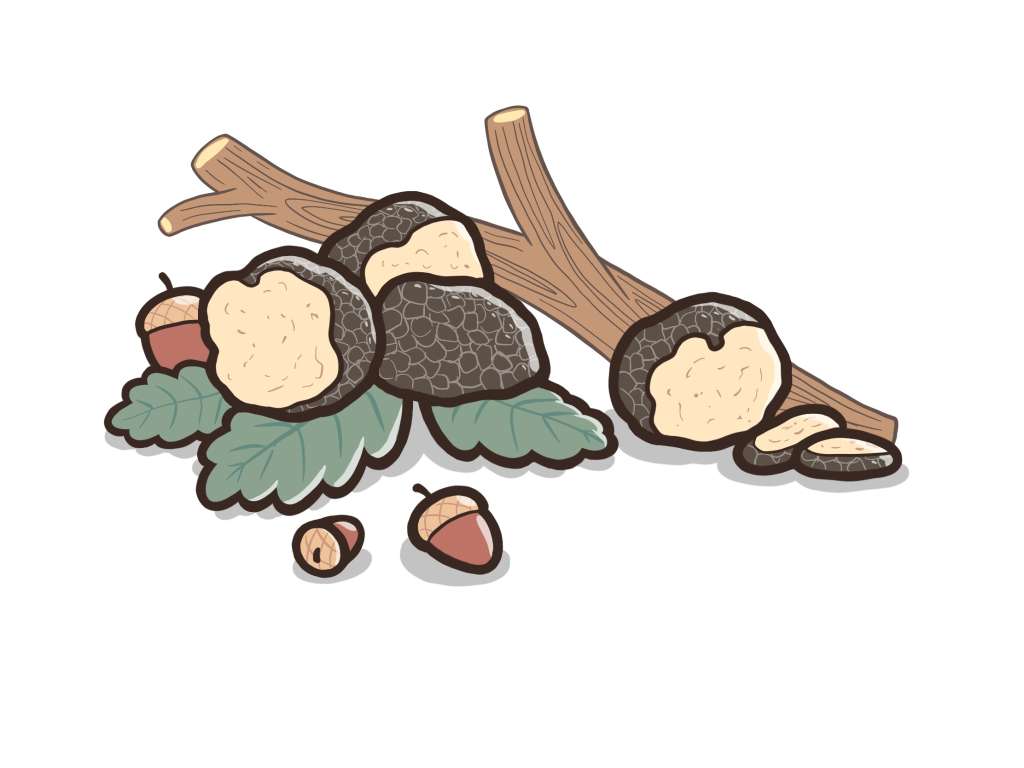
Truffle and snails
CHATIN UNCINATO TRUFFLE
The rediscovery of an underground mushroom with scents of hazelnut, porcini and parmesan.
The uncinato Truffle, which scientific name is Tuber Uncinatum Chatin, is a variety of black truffle.
It mainly grows in the woods, from 6-700 up to 1,450 metres, in shady areas, with clayey soils, rich in water and humus, in symbiosis with broad-leaved trees.
HISTORY
Valle Camonica is a fertile land for truffles and is full of people going through the woods in search of these refined mushrooms.
For a decade now, the black truffle has been cultivated in Valle Camonica, among downy oaks, holm oaks, black hornbeams and hazelnuts, and rightly enters the valley's food basket.
In the middle and lower valley, it is possible to grow nine types of black truffles such as the precious black truffle of Valle Camonica, the black summer truffle, the uncinato truffle and the summer uncinato truffle.
CHARACTERISTICS
The uncinato truffle is also called "winter Burgundy truffle", due to its resemblance to the black summer truffle. It has a rounded shape, sometimes more flattened, and its dimensions vary from being similar to a walnut to a tennis ball, even if it is possible to find larger specimens.
In cuisine, black truffle is not a soloist and goes perfectly both with similar-coloured food and in chromatic contrast. Its taste and aroma are much appreciated by connoisseurs.
SEASONALITY
The black uncinato truffle ripens from September to December.
ANECDOTES
The uncinato (hooked) variety of the black truffle is so called due to the peculiar shape of its spores which, observed under the microscope, look like small hooks.

